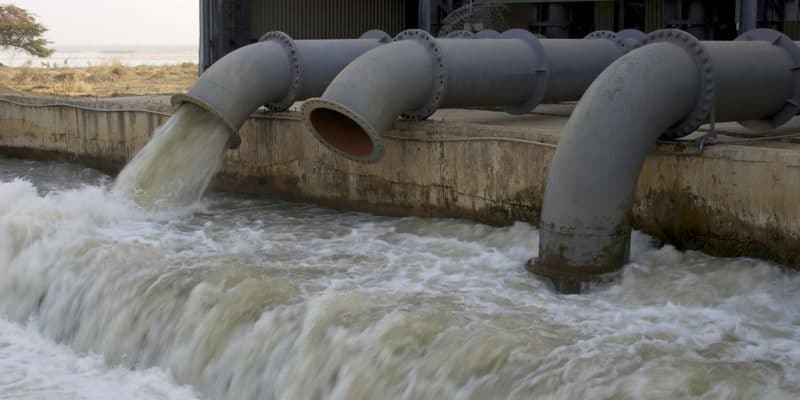Khato Civils is in need of financial backers to finance the Lilongwe-Salima drinking water project. It is an important project that is experiencing a number of blockages. It aims to provide the capital of Malawi with a sustainable supply of safe drinking water.
It is a very challenging project. This time around, the urban drinking water supply in Salima and Lilongwe would require a new impetus. Khato Civils, the South African company that has been appointed to implement the project, is seeking financial partners to implement the project.
According to the Government of Malawi, insufficient funds is the main stumbling block to this project. The Malawian Minister of Finance, Economic Planning and Development, who recently spoke on the subject in parliament, said Khato Civils was in talks in South Africa with a donor whose identity had not been revealed. It is the second negotiation conducted by Khato Civils to find a financial partner for the project.
A few months ago, Khato Civils reached an agreement with Trissag Espanola, which agreed to allocate funds to the project but the Malawian government refused to approve the agreement, claiming that “some of the clauses of the contract were not concessional”.
An investment of $556 million
The implementation of the Lilongwe-Salima drinking water project will require an investment of 400 billion Malawian kwacha, or more than $556 million. The government should participate in the financing of the project through the Lilongwe Water Board (LWB).
The project was also hampered by a procedure launched by civil society protesting against the choice of Khato Civils as the company. The Supreme Court of Malawi finally decided the case by confirming this South African-based company. After carrying out the financial mobilisation, it was confronted with the anger of some of the local populations who were claiming compensation for the expropriation of their land as part of the drinking water project. There are also environmental advocates who request environmental and social impact assessments (ESIAs) before the project is implemented.
The long journey of water
Nevertheless, the Khato Civils plans to start work after the financial mobilisation. They will include the construction of a water intake in Lake Malawi. The pumps will be installed at 500 m of shoreline. According to Khato Civils, this distance will allow a minimum submersion of the machines to avoid the presence of air in the pumping system.
The intake will pump 50,000 m3 of raw water per day to a treatment plant to be located 2 km away. The water collected in the lake will follow a 50 cm diameter pipe. The water that will leave the plant will first be stored in a 5,000 m3 reservoir in the community of Lifuwu. Once pumped, it will then follow a 54 km long pipeline before arriving in the town of Kanyenyeva.
On site, another 5,000 m3 tank will be built. Thanks to a pumping station, the drinking water will once again follow a 22 km long pipeline before reaching Dowa, in the Central Region. The water will make a final 35 km trip between Dowa and Kanengo where there is already a reservoir. It is from this locality that drinking water will be distributed to the people of Lilongwe and surrounding areas. On this project, Khato Civils will work with the consulting firm South Zambezi Engineering Services.
Jean Marie Takouleu






